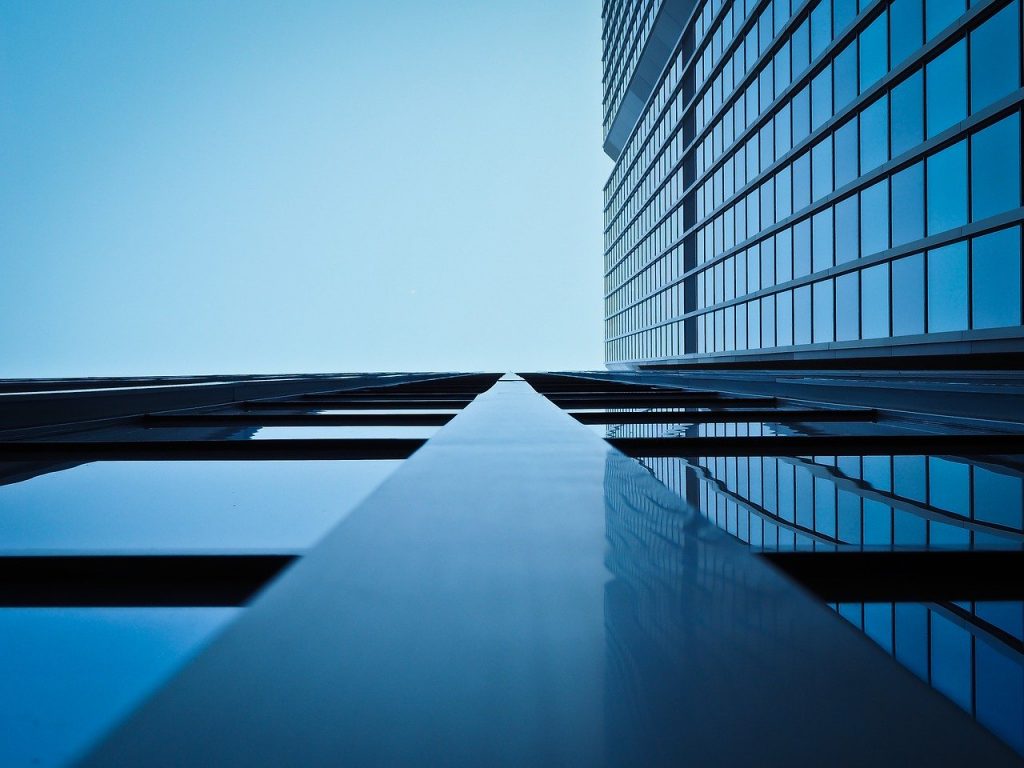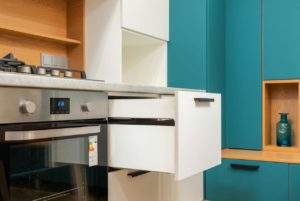Benefits of building cladding

House cladding can be looked at like a skin for your house. The cladding is a layer of material that covers the outside of your home; the most commonly used type of exterior cladding is aluminium and vinyl. While cladding might seem new to some, it would appear that cladding is not new at all. House cladding ideas came from way back, it is just the materials used for cladding that are more advanced. It is the practice that goes way back to the pyramid timeframe.
Draftsmen and architects are using different colours, textures, and materials to create eye-catching feature walls and something stunning to look at on home exteriors.
Choosing the best type of cladding is important, and other things like the cost and maintenance will also need to be taken into consideration.
What are the benefits?
First, it offers a layer of protection for the structure of your home. It is the house cladding that takes the brunt of the force and the weather conditions. Cladding also acts like insulation for your home. External cladding such as that of timber offers an additional layer to your home to keep noise in and out of your home and to avoid wear and tear on the structure of your home.

Your home will be warmer in winter and cooler in summer. Your power consumption will be greatly reduced, lowering your energy bills significantly. Don’t forget you are doing your bit for climate change.
Deciding what type to choose
Just like all building materials, there are many pros and cons that come with them. It is important that you weigh up which type of cladding is best for you and the distinctive building project.
Vinyl cladding
The vinyl cladding looks excellent, is a low cost, and very versatile. This type of cladding is made from a mix of PVC and many other materials. An insulating material gets added to the boards. After they have been installed, you don’t need to worry about repairing, painting, and maintaining them. There are many colours to choose from to suit your home’s surroundings. The environmental credentials are high here as they are easy to recycle, make, and have a high thermal performance.
Aluminum Cladding
A common type of cladding is aluminium and many other types of metal. The look is loved due to the ultra-modern shine it bares. When this type of cladding is applied to older homes and buildings, it gives it a modern finish.
The maintenance here is extremely low, and due to the moisture not being absorbed, you don’t need to think about algae and fungi. There is no risk of fire, and the cladding is very lightweight. Plenty of textures and colours are available
Plenty of textures and colours are available, though, while aluminium cladding, in particular, is very energy efficient.
Plywood Sheet Cladding
Emerging from the early 1900s, plywood is a cheap substitute for solid wood. Plywood is now a favourite with builders and homeowners. The big benefit is found in the eye-catching look it gives you. Plywood is extremely strong and is actually stronger than solid wood. The structure is cross-grained, which can distribute the strength easier than it occurs naturally. The good thing here is that it is lighter than real wood, so the creation of big plywood sheets is possible. Plywood can be curved, and it doesn’t go to waste. Plywood sheets come in many different patterns, with some that are designed to look just like shiplap cladding.
Whatever cladding you choose to go with will be determined on the look you are going for and the purpose that you are using the cladding for.





